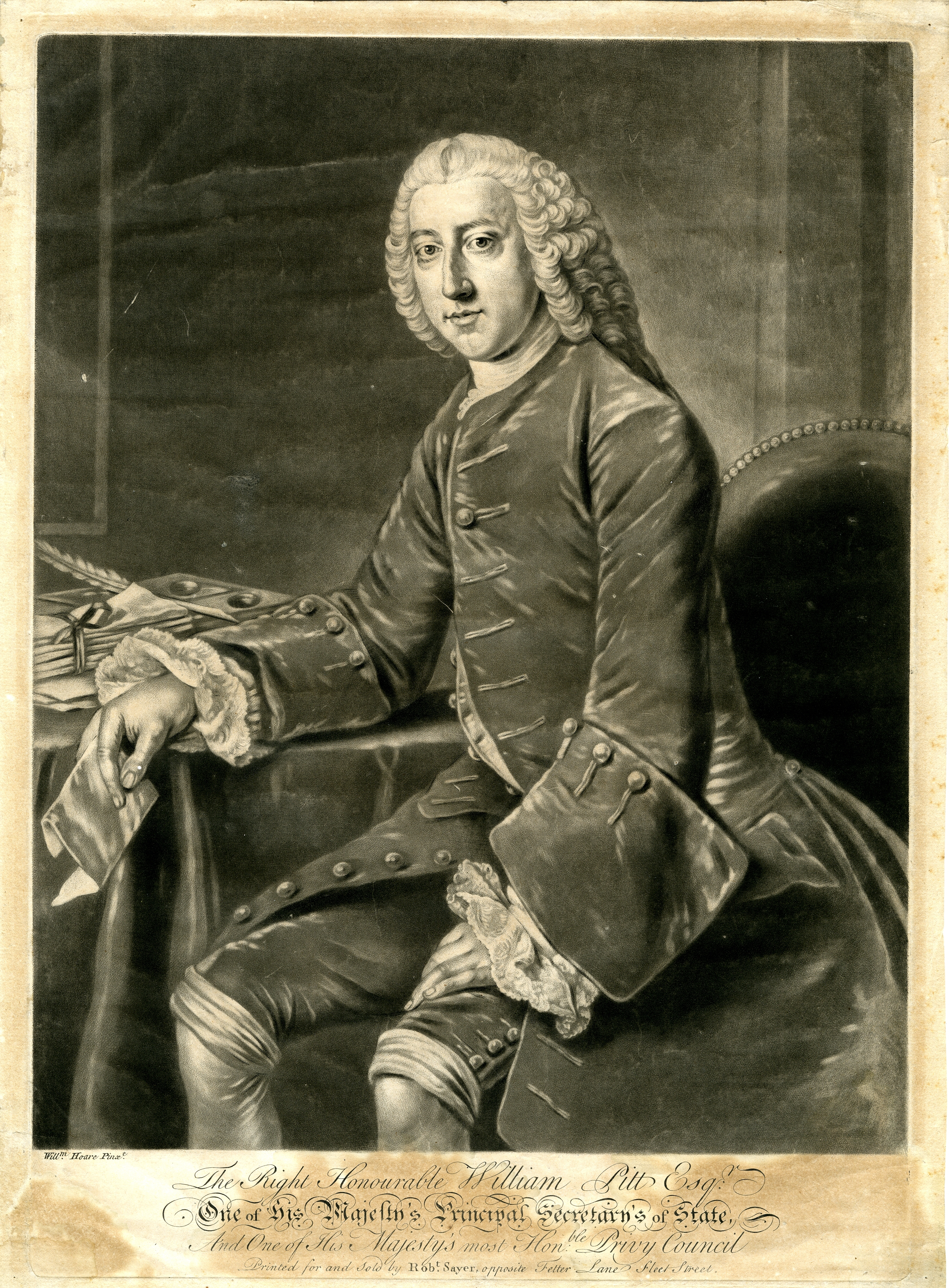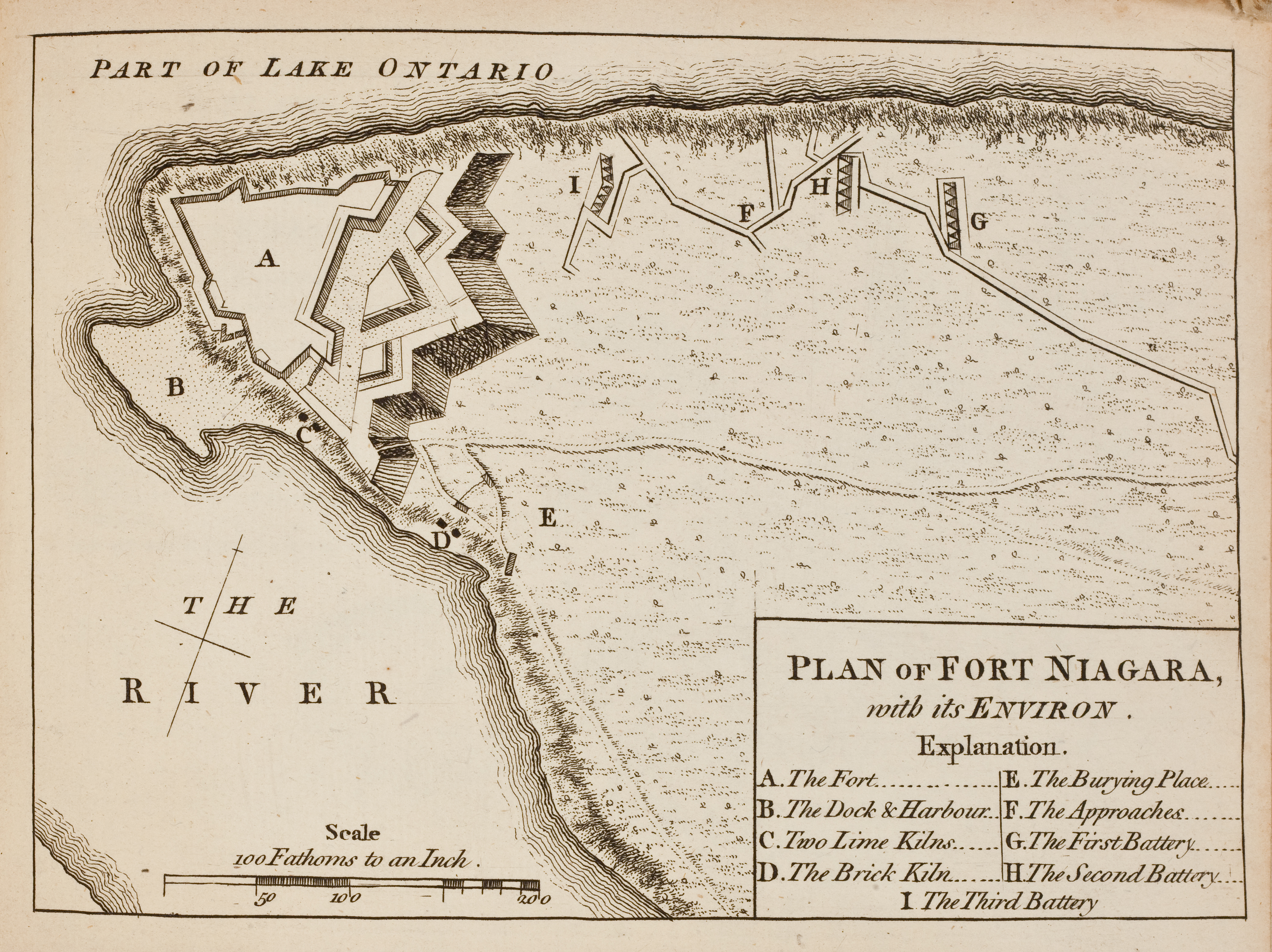Case 1
Contents
Case 1: 1759 Britain's Year of Victories
Case 2: The American Campaign of 1759
Case 3: Niagara~Johnson~July 25
Case 4: Niagara~Johnson~July 25
Case 5: Niagara~Johnson~July 25
Case 6: Crown Point~Amherst~August 4
Case 7: Crown Point~Amherst~August 4
Case 8: Crown Point~Amherst~August 4
Case 9: Québec~Wolfe, Monckton, Townshend~September 13 & 18
Case 10: Québec~Wolfe, Monckton, Townshend~September 13 & 18
Case 11: Québec~Wolfe, Monckton, Townshend~September 13 & 18
Case 12: Québec~Wolfe, Monckton, Townshend~September 13 & 18
Case 13: Guadeloupe~Barrington & Moore~May 11
Case 14: Minden~Ferdinand~August 1
Case 15a: Lagos~Boscawen~August 19
Benjamin West (1730-1813), “The Death of General Wolfe.” Oil on canvas, 1776. Graphics Division.
West’s painting departed from the usual contemporary practice of depicting figures in history paintings in classical garb. Instead, the artist showed his subjects in the military dress of 1759. The painting became enormously popular after it was reproduced as a print. West eventually painted at least five full-size canvases. This is the third, done for the Prince of Waldeck in Germany in 1776 and purchased from his descendants by William L. Clements in 1927.
[1759 Victory Medal]. Bronze alloy, 1759. Graphics Division, Realia.
Each victory is associated with the date it occurred and the name of the commander of the army or fleet.
William Hoare (ca. 1707-1792), The Right Honorable William Pitt Esq: One of his Majesty’s Principal Secretary’s of State. Mezzotint printed for Robert Sayer (1725-1794). London, ca. 1759. Graphics Division, Prints, E-26.
Pitt was Prime Minister and the chief political architect of the military successes of 1759.
Charles Grignion (1721-1810), engraver, after Samuel Wale (d. 1786). General Wolfe Expiring in the Arms of a Grenadier & Volunteer at the Siege of Quebec. Engraved for Sydney’s History of England. [London], n.d. Graphics Division, Prints, G-17.
This much more realistic but considerably less glorious impression of General Wolfe’s dying moments was engraved for a late-eighteenth century history of England.







